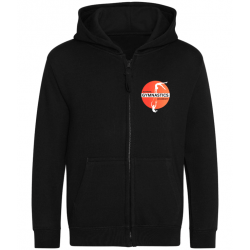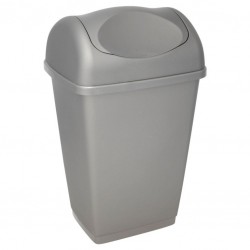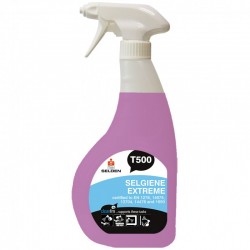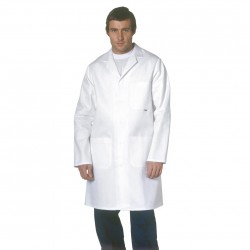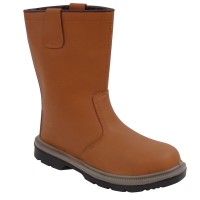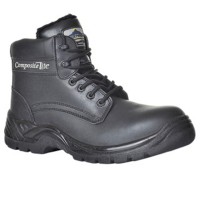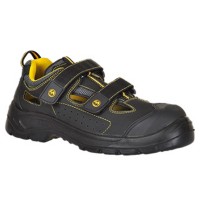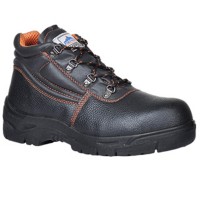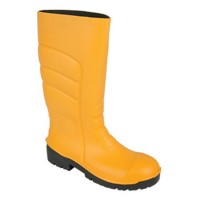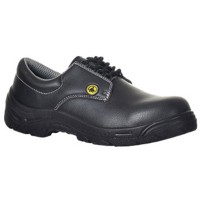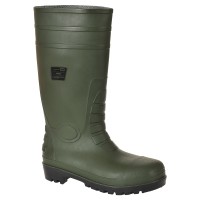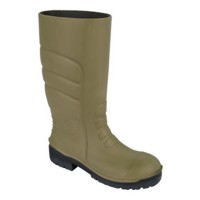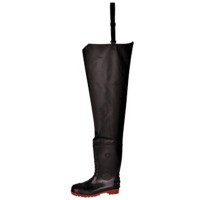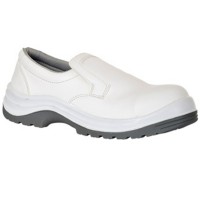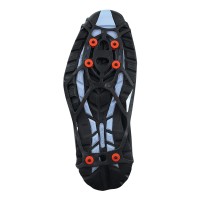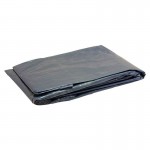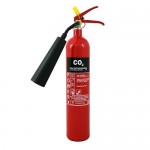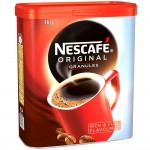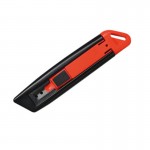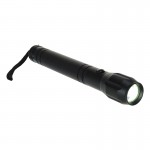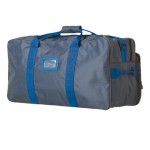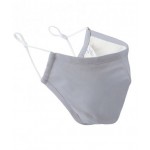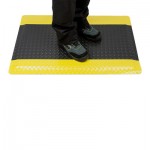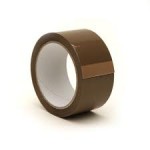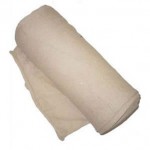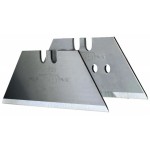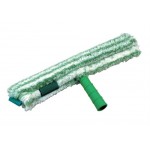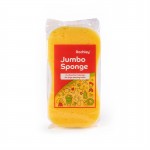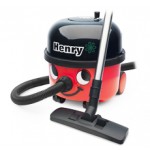
Environmental Health Officers (EHOs) have started to use the E. Coli Guidance and Factsheet from the Food Standards Agency (FSA) when inspecting catering sites.
What do these documents say?
They make a couple of key points:
- Controls must be in place to prevent the spread of food poisoning. Those controls are often physical, such as separating raw and ready-to-eat food.
- Where chemical disinfection of surfaces is required it must be done with an accredited product – one that passes the European disinfectant standards EN 1276 or EN 13697.
- Where a surface is dirty it must be cleaned prior to disinfection. It is OK to use the same product for both steps, providing the steps are carried out separately.
What is recommended for utensils?
The Factsheet states: “Separate chopping boards and utensils must be used for raw and ready-toeat foods unless cleaned and disinfected in a commercial dishwasher between uses”. It separately states that the water in the
dishwasher must be at least 80oC for a minimum of 15 seconds (which a commercial dishwasher should achieve) and the dishwasher “...should be cleaned regularly, including the removal of fooddebris, plastic wrapping and limescale from
the water jets, filters and drains”. The Guidance document is slightly different from the Factsheet by stating that other controls are acceptable if dishwashing is not possible.
What about washing up?
The requirements for dishwashing vary between inspectors but the Guidance makes the following clear:
1. Utensils used for raw and ready-to-eat foods must not be washed together in the same sink.
2. Ideally, completely different sinks should be used to clean utensils for raw and ready-to-eat foods.
3. If only one sink is available then the ready-to-eat utensils should be washed first and moved to a clean location before the raw utensils are washed. The sink (and taps etc.) must be disinfected between every use.
The Guidance does not require the use of a bactericidal washing up liquid for general dishwashing. Indeed, it is envisaged that for the vast majority of cases of the ready-to-eat utensils will be physically segregated from the utensils used for raw food.
However, in their inspections many EHOs have determined that there are cases where manual dishwashing is used as a control measure for decontaminating utensils. If this is the case then the Factsheet makes it clear that two-stage cleaning and disinfection is required as follows:
“use a cleaning product to remove visible dirt, food particles and debris, and rinse to remove any residue, and apply disinfectant using the correct dilution and contact time, according to the manufacturer’s instructions, and rinse with drinking water”
In other words, if disinfection is required then it must be done in 2 steps.
Manual dishwashing - with disinfection
Stage 1: Clean the utensils with a detergent which is compatible with the stage 2 disinfectant, such as the Selden products C008 or V005.
Stage 2: Move the cleaned items into a separate sink and soak them in a solution of C020 or V500 for 5 minutes before rinsing.
It is important for the detergent and disinfectant to be compatible since residues of the detergent are likely to be transferred to the disinfectant. Conventional washing up liquids are incompatible with the most common type of disinfectants - those
based on materials known as Quats or QACs.
Manual dishwashing - without disinfection
For regular dishwashing use a mild general purpose detergent, such as the Selden products C016, C011 or C009
Can I use a bactericidal washing up liquid for general use?
Yes, C008 and V005 are ideal for general use. They have been proven to reduce levels of dishwater bacteria in use. They can contribute to sink hygiene and are compatible with Quat based disinfectants, such as C020, T003, V500 and F104. They are also excellent mild, foamy and streak free detergents.
The products:
C008 Seldet Bactericidal passes the European Disinfectant Standard EN 1040 at a dilution of 1:120. It is compatible with C020 and V500.
V005 Bactericidal Washing Up Liquid passes EN1276 neat and in an independent study by Campden BRI (the UK’s leading Food Research Association) was found to reduce bacteria levels in dishwater by 99% at realistic in-use dilutions of 1:2000. It is also compatible with the products C020 and V500.
T003 Kitchen Cleaner is a ready to use disinfectant and passes EN 1276 in 30 seconds. Also smear free and highly recommended for use on display counters. Non-tainting and suitable for use on all surfaces, including aluminium.
V500 Bactericidal Kitchen Cleaner is available in a dosing bottle. It passes EN1276 at 1:75 in a 5 minute contact time and comes with an integral 10ml dose. Smear free and ideal for light cleaning and disinfecting surfaces.
Non-tainting and suitable for use on all surfaces, including aluminium.
C020 Selgiene passes EN1276 at 1:40 in a 5 minute contact time. Smear free and ideal for light cleaning and disinfecting surfaces. Non-tainting and suitable for use on all surfaces, including aluminium.
F104 Amphoclen passes EN 1276 at 1:40 in a 5 minute contact time. Heavy duty formulation ideal for pre-cleaning areas with high levels of fat and protein. Non-tainting and suitable for use on all surfaces, including aluminium.
| Product | Disinfectant test standard | Dilution | Aluminium safe | Streak free | Non-tainting | Comments |
|---|---|---|---|---|---|---|
| C020 | EN 1276 | 1:10 | yes | yes | yes | General purpose |
| T003 | EN 1276 | Neat | yes | yes | yes | Kills E.coli in 30 seconds |
| V500 | EN 1276 | 1:75 | yes | no | yes | General purpose in a dosing bottle |
| F104 | EN 1276 | 1:40 | yes | yes | yes | Heavy Duty |
| C008 | EN 1040 | 1:120 | yes | yes | yes | Patented formula |
| V005 | EN 1276 and in-use performance test | EN 1276 neat; In-use test 1:2000 | yes | yes | yes | Kills 99% of bacteria in use. Tested by Campden BRI Patented formula |



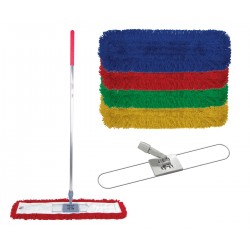
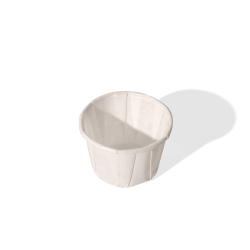


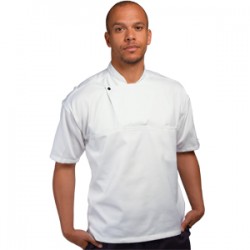


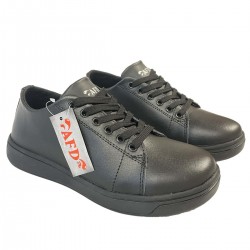


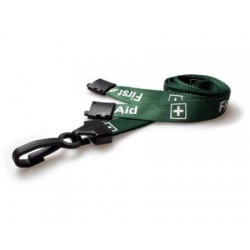
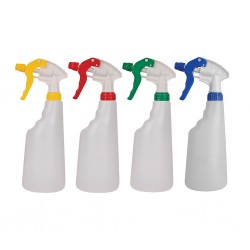
-250x250.jpg)
